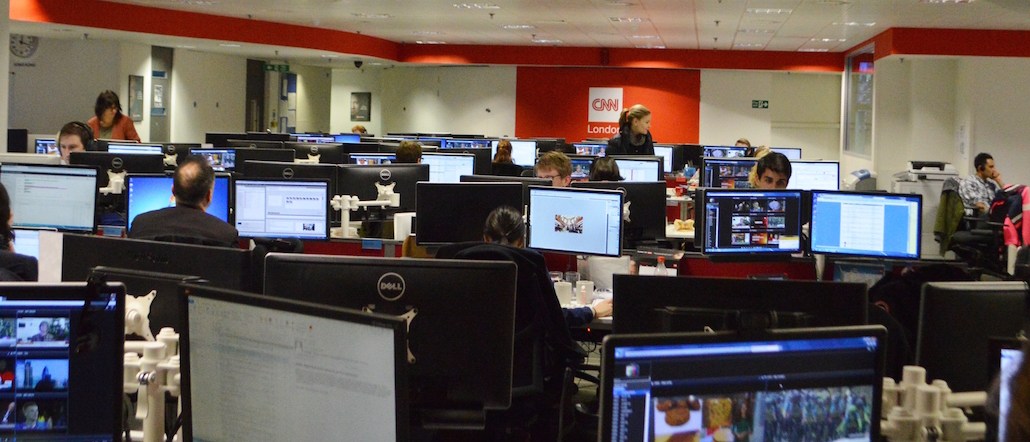
Measuring ads by click-through rate can only tell advertisers so much. CNN International has provided data on audience behavior on its branded content for years. Now it’s using ad tech to give brands interests-based audience insights and deep campaign reporting.
This includes monitoring what sites people have been on before arriving on CNN, what articles they have clicked on from social platforms before coming to CNN, and which articles match client data such as search terms individuals have used to arrive on a particular brand client’s site. It’s selling this data-monitoring under a new brand, “Audience Insights Measurement,” or AIM.
Robert Bradley, who was appointed to the newly created role of head of digital ad sales and data at the Turner Broadcasting-owned outlet in May, has been leading the bulk of the changes. Since joining, he has hired seven digital salespeople from a mix of publishers and ad tech companies to help him.
“Reporting beyond the click-through rate is a key pillar and something the industry as a whole could be better at,” Bradley said. “It’s telling a client these are what the people look like who are interested in your brand; that’s what’s powerful and can help them make true marketing decisions.”
Carat’s chief global digital officer James Harris said he welcomes any effort from publishers to move beyond clicks and other traditional measures to audiences. “Our approach is based on what we call pixels and people, so anything which helps us get from pixels to understanding people is interesting and potentially differentiating. Obviously, it has to be scaled and potentially wide enough in coverage to be effective.”
AIM can be applied to all campaigns that are run across CNN International’s properties, including everything that comes out of its in-house creative agency, which has been creating branded content for advertisers since 2006.
The insights that come out of AIM will also extend to campaigns that run on CNN’s verticals, like Style, which launched earlier this year, and CNNMoney.
Bradley believes publishers that fail to package their deep-audience insights metrics are “missing a trick.” But selling this way isn’t easy.
“You have to brand it and put a story behind it,” he said. “We don’t sell it as being X many articles against X many data points. You have to humanize it and make it relevant to people who aren’t submerged in algorithms and all the back-end complexity you need to drive the insights.”
Bradley is also responsible for CNN International’s programmatic rollout. He said CNN is making more ad units available to be traded programmatically, which will help free up his team to focus on large-scale branded content deals. Premium publishers no longer fear programmatic trading propelling a “race to the bottom” in terms of ad yields, according to Bradley.
“We’ve embraced it fully,” he said. “It’s often forgotten that publishers also do well out of programmatic, not just the agencies. It enables us to sell billions of impressions efficiently and in a highly controlled way.”
More in Media

Digiday+ Research: Publishers’ growing focus on video doesn’t translate to social platforms
Major publishers have made recent investments in vertical video, but that shift is not carrying over to social media platforms.

Technology x humanity: A conversation with Dayforce’s Amy Capellanti-Wolf
Capellanti-Wolf shared insight on everything from navigating AI adoption and combating burnout to rethinking talent strategies.

How The Arena Group is rewriting its commercial playbook for the zero-click era
The company is testing AI-powered content recommendation models to keep readers moving through its network of sites and, in doing so, bump up revenue per session – its core performance metric.





